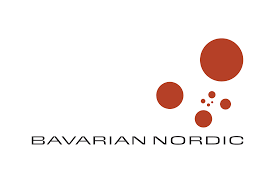Copenhagen Harbour buses emit significantly more particles per passenger per kilometre than the city’s land buses.
In 2013, route 993 was responsible for 85 times as many particles and route 992 accounted for 19 times as much mono-nitrogen oxides (NOx). In 2003, particle emissions were as much as 121 times higher on one route.
The harbour buses have been in operation since 2000. In 2009 they were fitted with new filters which, combined with increased passenger numbers per journey, should have made for less pollution per passenger per kilometre.
But on the basis of the operator Movia’s environmental figures, the engineering publication Ingeniøren reports that emissions are still disproportionately high.
Movia doubts figures
Søren Englund, a department head at Movia, told Ingeniøren he was surprised by the figures and that the company was trying to verify the accuracy of its readings.
“Right now we’re in dialogue with the engine manufacturer of the harbour buses,” he said.
“There are probably some things that could be more precise regarding the boats’ emissions. We are now asking for the engine certificates because we think there are mistakes with the ones we have at the moment.”
Lack of political focus
Water transport emissions make up seven percent of the total particle emissions in Copehagen. Kåre Press-Kristensen, a senior researcher at the ecological council Det Økologiske Råd, said there was a lack of political focus on this.
“Road-going vehicles need to comply with the EU’s standards,” he said.
“But politically there are much weaker demands for marine engines, construction machinery, lawnmowers and such like. Therefore the harbour buses pollute much more than normal buses. If an old bus polluted as much as a harbour bus, it would be required to have a closed particle filter.”
Movia is looking into alternative energy sources for road buses, but as of yet has no plans to do the same for the harbour buses.













